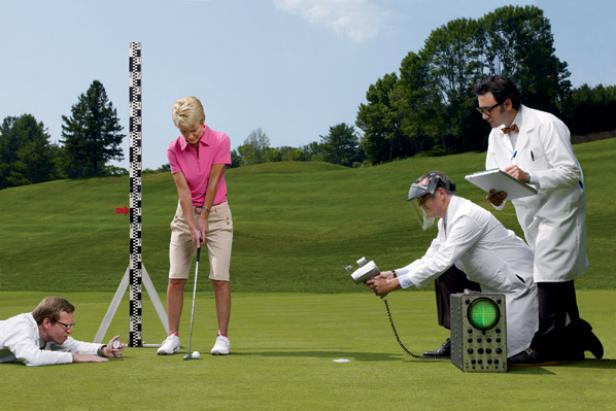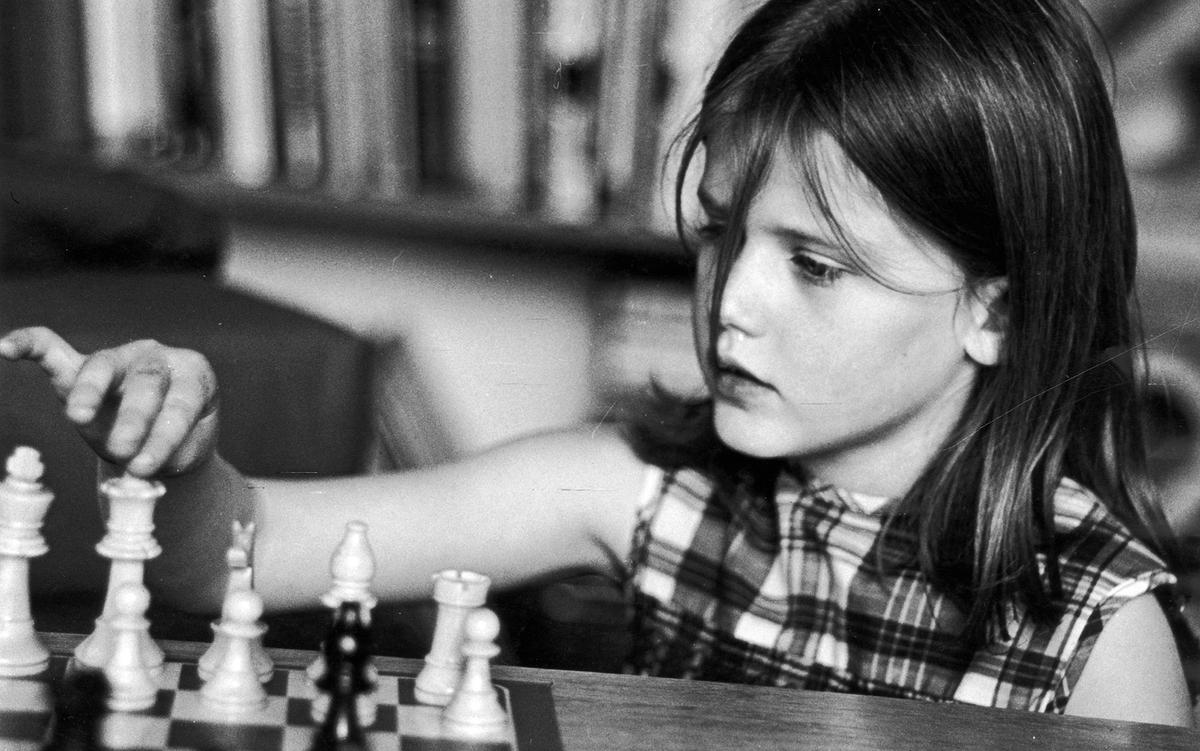[...] Or maybe less women playing pool just makes the probability of a male Filler emerging more of a once every 30 years occurrence and a woman at that level a once every 300 years occurrence and it's physically possible.
[...]
Another factor besides simple numbers (fewer women playing) is the nature of the culling of the populations of players--how meritocratic is it?
We might find 10,000 males and 1,000 females play and compete with a certain level of commitment. At first glance if there are no inherent differences we might expect that if there are 1000 men over 700 there will be 100 women over 700.
Looking closer, though, we have to ask how meritocratic was the culling of the larger populations to get these smaller groups and is the culling more meritocratic for one sex than the other.
Those 10,000 men started as a group of 10,000,000 men who played 10 games of pool.
Of those, most quit and 1,000,000 continued to play 100 or more games of pool
100,000 continued to play 1,000 or more games of pool
10,000 continued to play 10,000 or more games of pool
At each stage 90% quit and 10% continued. But to what extent was it the best 10% that continued?
In a popular competitive sport for which the pros are rich and famous heroes, the culling is quite meritocratic. The fastest kids on the schoolyard make the freshman team, and the best amongst those make the traveling team and get the coaching and encouragement, and the best amongst those are playing in college, and the best amongst those go pro. But if at any stage there are people who quit because they need to go to work or have parents who can't afford the equipment or they pivot to a more popular sport, then there are nonmeritocratic filters playing a role.
Pool, even amongst men, is only weakly meritocratic. The better players at the fraternity house are probably a little more likely to later play in a league. Those with more early success in league are a little more likely to try out tournaments. Those with a little more success in early tournaments are a little more likely to hang out with and get encouragement and advice from better players.
The culling of the women, imo, is far more complicated and more often has to do with whether a significant other plays and whether they have a family that is in the pool community somehow. That, overall, makes the culling less meritocratic for women. If so, then the 10,000 women can be drawn from a weaker population than the 10,000 men even if there are no inherent differences amongst the whole populations.
Last edited:

